May 17, 2025 | 17:26 GMT +7
May 17, 2025 | 17:26 GMT +7
Hotline: 0913.378.918
May 17, 2025 | 17:26 GMT +7
Hotline: 0913.378.918
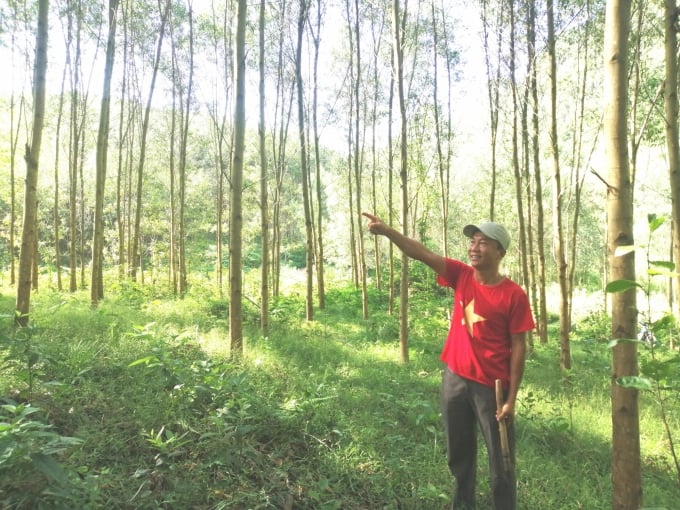
The tissue-cultured Acacia hybrid forest of Nguyen Van Cuong in Cay Ruong village, An Binh Commune. Photo: Trung Quan.
The move came after local growers used substandard seedlings to plant the forest. It has caused the trees grow unevenly, significantly affecting to the yield and quality of timber.
The provincial administration has issued many policies to encourage, protect and develop the forest economy in the locality.
The policies have focused on investing, increasing the added value of products as well as developing forests with fast-growing large tree varieties.
For example, the model of synchronous application of technical advances in planting forest using Acacia hybrid varieties (BV10, BV16, BV32), propagated by tissue culture method has been implemented.
The model has been conducted by the province’s Agricultural Extension Centre with a scale of 38 ha in Tan Lac District and 42 ha in Lac Thuy District, with a business cycle of 10-12 years.
According to the centre, fast-growing Acacia trees have been planted with a density of 1,330 trees per ha. Trees in the model are synchronously applied techniques from selecting growing areas, soil preparation and fertiliser according to guidance.
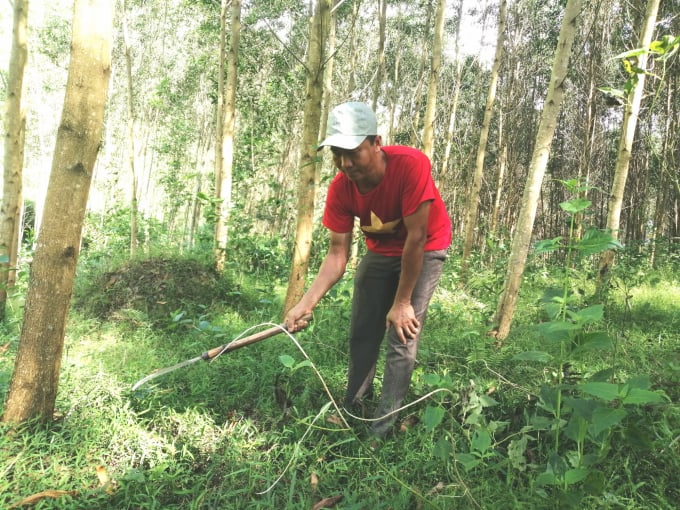
The tissue-cultured Acacia hybrid’s survival rate reaches 98 per cent. Photo: Trung Quan.
Acacia hybrid has the advantage of being sampled from healthy parent trees, having good growth and development conditions in the field and through genetic improvement.
The tree has a round canopy, large branching angles and the main trunk is straight and not curved.
The seedlings, which were preserved in the technical room, are less susceptible to pests and diseases when they are planted in the forest.
They also grow and develop very quickly, shortening the business cycle from 4-6 years for timber as paper materials and woodchips, shortening the business cycle from 8-12 years for large timber, sawn timber and timber used for interior decoration.
After 4 years of trial planting, the Acacia hybrid has been highly appreciated by the local growers, the new type of acacia grows faster than the locally-grown Acacia mangium.
The Acacia hybrid’s survival rate reached 98 per cent, the tree grew well with an average height of 90-110cm within 3 months.
Nguyen Van Cuong, of Cay Ruong Village, An Binh Commune in Lac Thuy District said his family had 2 hectares planting Acacia hybrid. They had planted the trees for 4 years.
The growth rate and timber yield of the Acacia hybrid within 4 years were equal to the growth rate and timer yield of the old Acacia within 6 years, he said.
The Acacia hybrid grew evenly, the weight of the tree was heavier, the resistance to weather was better, especially, during thunderstorms, he said.
The Acacia hybrid was suitable for barren hilly areas which he had previously tried unsuccessfully with the old acacia variety, he added.
Cuong recently pruned a small number of trees and obtained 8 tonnes of timber. He sold with the price of VND760,000-800,000 (USD33-34.7) per tonne, he said.
With a cycle of at least 10 years, the yield of timber of Acacia hybrid could reach 140 tonnes per ha, about 60 tonnes higher compared to the old acacia variety’s yield, he added.
Nguyen Van Quan, another grower of the village, said after planting 1ha of the Acacia hybrid for 4 years, he found that the trees were less susceptible to pests and diseases.
The Acacia hybrid had grown 1.5-2 times higher than the old acacia variety, he said.
The survival rate of the Acacia hybrid seedlings reached 95-98 per cent, the height was about 10-12 m and the root diametre was about 15-20 cm, he said.
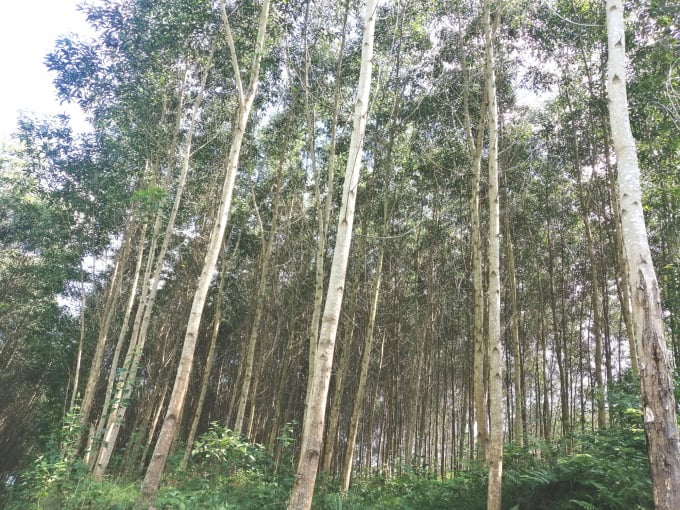
The tissue-cultured Acacia hybrid has the advantage of being sampled from healthy parent trees, having good growth and development conditions in the field and through genetic improvement. Photo: Trung Quan.
Initial success from the model of planting Acacia hybrid has opened a new direction for local growers to invest in effective and sustainable production forest in the province.
The model not only changes farming methods, applies scientific and technological advances to production, increases productivity, brings economic efficiency but also helps local growers in reducing the number of exploitation times, as well as preventing soil erosion.
Thereby, contributing to the protection of the ecological environment, combating climate change, creating jobs for rural workers and effectively implementing the National Target Programme on Building new-style rural areas.
Do Duc Truong, director of the centre said planting large-timber forests and raw-material forests with tissue-cultured Acacia hybrid was an effective and sustainable trend today.
This was one of the important solutions in improving the productivity, quality and value of planted forests, bringing high economic efficiency, contributing to the protection of the ecological environment and improving the value of forestry production, he said.
The province has a total area of more than 460,000 hectares, including 330,000 hectares of forest area.
Agriculture and forestry workers accounted for over 71 per cent of the total number of employees in the province. This was believed to be a great potential for forestry production development.
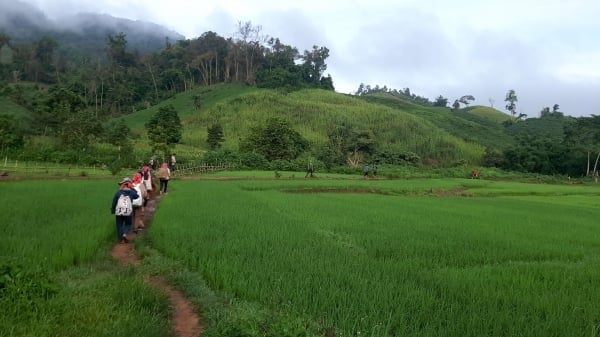
(VAN) Muong Nhe Nature Reserve hopes that being upgraded to a national park will lay the foundation for forest protection efforts to be carried out in a systematic, modern, and sustainable manner.
/2025/05/16/3923-2-171845_52.jpg)
(VAN) Lower costs, higher yields, and improved soil quality are outstanding benefits that soybeans bring when integrated into the crop rotation system.
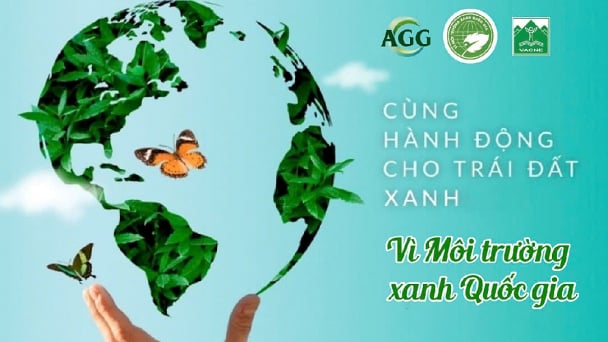
(VAN) The 'For a Green National Environment' programme aims to promote a green lifestyle, support businesses in implementing ESG practices, and turn Net Zero commitments into concrete actions.
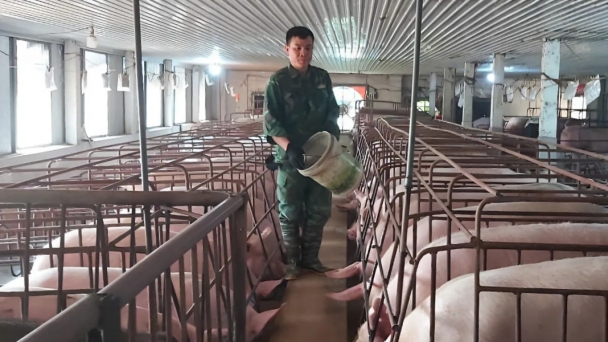
(VAN) Cold-barn systems efficiently manage environmental and temperature conditions, which aids in the prevention of respiratory diseases in pigs and protects them from the vectors that transmit African swine fevers.
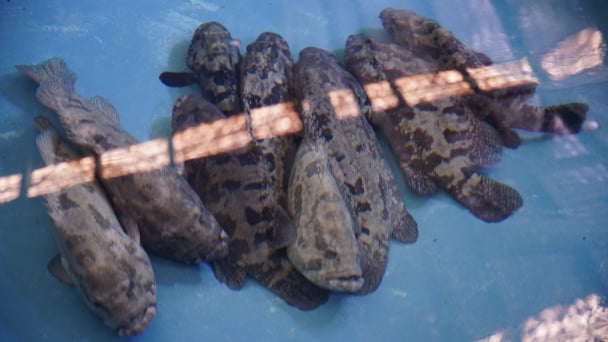
(VAN) To tackle challenges, the project 'Addressing key technical bottlenecks in the grouper supply chain in Vietnam' has been underway since 2024.
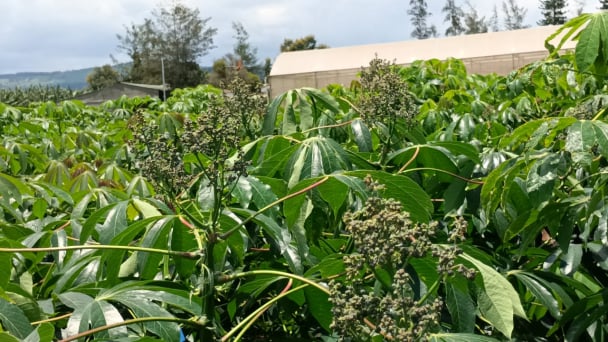
(VAN) The project 'Disease-Resilient and Sustainable Cassava Production Systems in the Mekong Region', funded by the Australian Center for International Agricultural Research (ACIAR), is being implemented from 2024 to 2028.
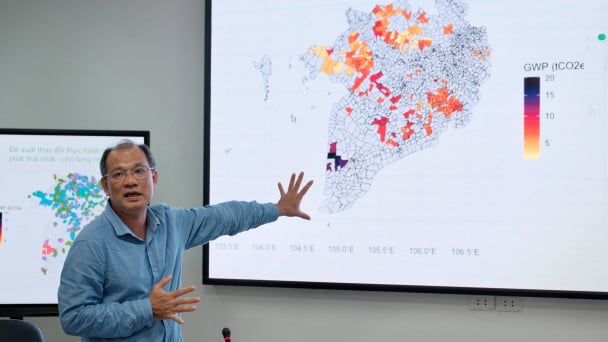
(VAN) Data from 10,000 farming households will help professionalize production organization and support the implementation of the One Million Hectares Program for High-Quality, Low-Emission Rice Cultivation.